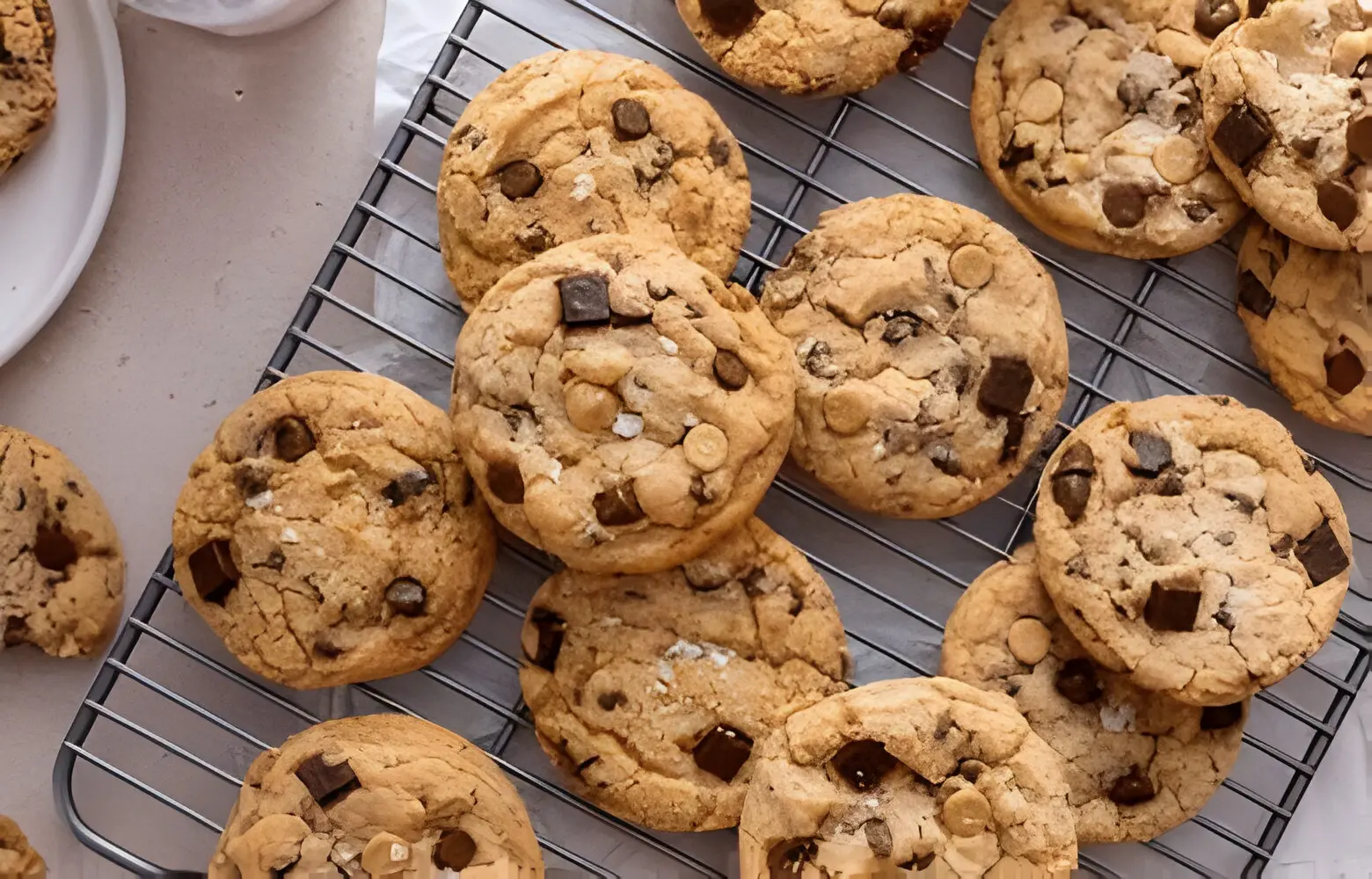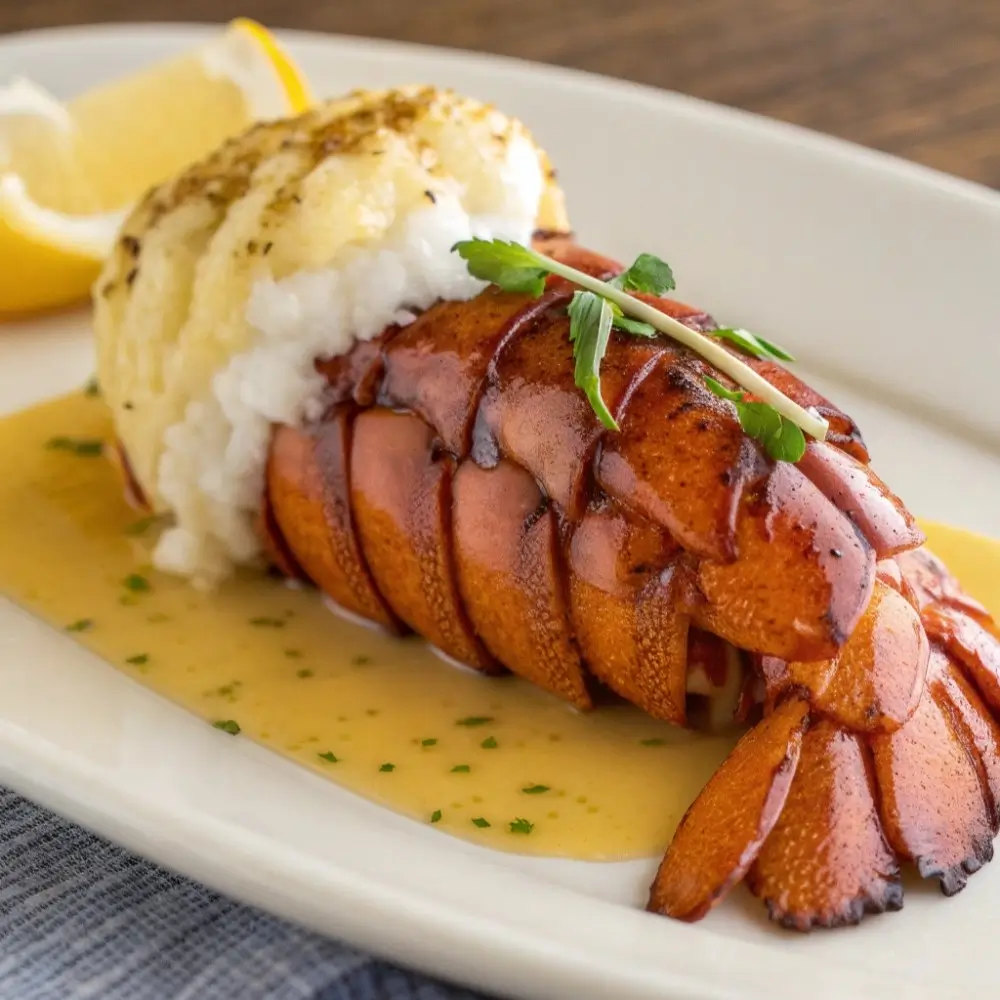Ever wondered if you should chill Toll House dough before popping it in the oven? You’re not alone! Chilling cookie dough is a debated topic among baking enthusiasts and professionals alike. This article dives deep into whether chilling your cookie dough can really turn your good cookies into great ones. We’ll explore the science behind this practice, share practical tips, and provide insights to help you make the best cookies possible.
Introduction to Baking Toll House Cookies
Baking cookies—it’s an art and a science wrapped up in a deliciously sweet package. Toll House cookies, a classic favorite, are known for their comforting chocolate chips and perfectly golden edges. But here’s a question that even seasoned bakers often ponder: should you chill Toll House dough before baking?
Why Consider Chilling at All?
The idea of chilling might seem like an extra step, but it’s one that could very well be worth your while. The main rationale? Chilling the dough solidifies the fats (like butter). As the cookies bake, the solid fat takes longer to melt compared to room-temperature fat. This slow melting process gives the cookies a fighting chance to set into shape before spreading out too thin on your baking sheet. Who doesn’t want a cookie that’s just the right thickness, with a delightful chewy texture?
Moreover, during the chilling period, the dough’s sugars absorb the liquid. This absorption helps in preventing those sugars from turning into a runny mess in the oven, leading to cookies that hold their shape better. Essentially, chilling is not just about waiting; it’s about enhancing both the texture and the overall integrity of your cookies.
Flavor Intensifies with Patience
Ever noticed how some flavors develop more depth with a little time? It’s the same with cookie dough. As the dough chills, it dries out slightly, which concentrates the flavors. All the delicious nuances of vanilla, chocolate, and butter meld together more coherently, giving you a richer taste experience with every bite.
Why Chilling Matters
Understanding the science behind chilling cookie dough is crucial for any baker who strives for perfection in their cookie making. It’s not just a trick; it’s a technique backed by food science that impacts every aspect of your cookie’s final appearance, flavor, and texture.
Influence on Spread
Chilling has a profound effect on the fats within your cookie dough, primarily butter or margarine. In its room temperature state, fat is soft and will start to melt quickly once it hits the hot environment of your oven. This early melting can cause the dough to spread too soon, resulting in thinner, sometimes overly crispy cookies. However, when you chill your Toll House dough, the fat solidifies. As the cookies bake, this solid fat takes its time to melt, which significantly controls the spread of the cookies.
A side-by-side comparison of chilled versus non-chilled dough reveals striking differences. Cookies made from chilled dough tend to maintain a puffier, more robust form, whereas their non-chilled counterparts might spread out into a thinner, broader shape. The control over spread means that each cookie is not only more aesthetically pleasing but also offers a more satisfying chewy texture due to its thicker body.
Flavor Enhancement
Chilling doesn’t just improve a cookie’s physical attributes—it also amplifies its flavor. When cookie dough is allowed to rest in the cold, it undergoes a subtle but critical dehydration process. This reduction in moisture concentrates the dough’s flavors, making the sweet, buttery notes more pronounced and vibrant. The sugars in the dough meld better with the other ingredients, enhancing the overall flavor profile.
Moreover, chilling allows for the enzymes in the flour to break down complex sugars into simpler sugars, which are sweeter and more flavorful. This enzymatic process means that the longer the dough is chilled, the deeper and richer the flavor becomes. Testing has shown that cookies made from dough chilled overnight have a more caramelized, nuanced taste compared to those baked immediately after mixing.
Textural Changes
The textural implications of chilling are significant and impactful. Chilled dough yields cookies with a desirable chewiness, not just crunch or snap. This texture results from drier, more concentrated dough. It allows for controlled spread and caramelization of sugars during baking, leading to a chewier texture.
Additionally, the firmer chilled dough holds its shape better, leading to a more consistent texture throughout the batch. Whether you’re aiming for a crispy edge with a soft center or a uniformly chewy cookie, how you manage the chilling process can make all the difference.
Texture matters greatly in baking because it directly influences the eating experience. A well-textured cookie provides a satisfying mouthfeel that complements its flavors, making each bite a delightful experience.
Best Practices for Chilling Cookie Dough
Chilling cookie dough is not just about throwing it in the fridge and hoping for the best. To achieve the optimal texture and flavor in your Toll House cookies, it’s crucial to follow some established best practices. Let’s delve into the proper techniques and understand the rationale behind each step.
Duration for Chilling
The recommended chilling time for cookie dough can vary depending on the recipe and your desired outcome, but a good rule of thumb is at least 30 minutes. This minimum period allows the fats to solidify enough to reduce spreading during baking. For those looking for an even more pronounced flavor and texture, extending the chilling time to overnight (or about 12 hours) can make a significant difference.
However, chilling cookie dough for too long—say, over 48 hours—might not yield further benefits. While the dough is safe to use for up to 72 hours when stored properly in the refrigerator, you may notice diminishing returns in texture improvement after the first 24 hours. Extended chilling can lead to overly firm dough that becomes difficult to handle and may require some time to soften slightly before shaping and baking.
Handling Dough Post-Chilling
Once your Chill Toll House Dough has chilled, handling it correctly is crucial to retain its benefits. The dough should be cold when it enters the oven to maintain its shape and texture. If the dough is too hard, let it sit at room temperature for 5 to 10 minutes. This makes it easier to scoop or roll without losing the chilling effects.
Whether the dough should return to room temperature before baking depends on the recipe and your preferences. For most Toll House cookie recipes, baking straight from the fridge is best. This approach helps cookies maintain their shape and ensures the fat melts slowly, enhancing texture. However, if your recipe uses ingredients that perform better at room temperature, like certain chocolates, a brief sit-out might be helpful.
Handling chilled Chill Toll House Dough can also be made easier with the right tools. A sturdy scoop or a sharp knife (for sliced cookies) can help in portioning the dough directly from the fridge. Ensure your baking sheets are lined with parchment paper or a silicone baking mat to prevent sticking, as chilled dough tends to be stickier than room-temperature dough.
Incorporating these practical tips into your baking routine will help ensure that your Toll House cookies are not only delicious but also consistently well-textured and beautifully shaped. These methods leverage the science behind dough chilling, turning a simple step into a critical component of your baking success. In the next section, we’ll address some of the most common questions bakers have about chilling cookie dough, helping you refine your technique even further.
Frequently Asked Questions
When it comes to baking Toll House cookies, many bakers, both novice and experienced, have questions about the chilling process. Here are some of the most common questions answered with expert advice to help you perfect your cookie-baking skills.
1. How long should I chill my cookie dough?
As mentioned, chilling for at least 30 minutes is crucial to reduce spreading and enhance texture. However, for a deeper flavor and better texture, chilling overnight (up to 12 hours) is ideal.
2. Can I freeze cookie dough instead of chilling it in the refrigerator?
Absolutely! Freezing cookie dough is a great way to have ready-to-bake cookies on hand. You can freeze the dough either in a single batch or portioned out. When ready to bake, you can either bake directly from frozen—adding a couple of extra minutes to your baking time—or let it thaw in the refrigerator overnight.
3. Does chilling cookie dough affect all types of cookies?
Chilling generally benefits most types of drop cookies and cookies that are high in fat, like Toll House cookies. Cookies that are designed to be thin or crispy, such as tuiles, may not need chilling.
4. What’s the best way to store chilled cookie dough?
To store chilled cookie dough, wrap it tightly in plastic wrap or place it in an airtight container. This helps prevent the dough from absorbing odors from the refrigerator and also prevents it from drying out.
Examining Both Sides of the Debate
Advantages of Chilling Dough
The benefits of chilling cookie dough are backed by numerous tests and the experiences of countless bakers. Here’s a recap of why many swear by this method:
- Reduced Spreading: Chilled dough spreads less in the oven, resulting in thicker, more uniform cookies.
- Enhanced Flavor: The flavors have time to meld and deepen, thanks to the slow diffusion of moisture and enzymatic reactions within the dough.
- Improved Texture: Cookies baked from chilled dough often boast a more desirable texture, striking a perfect balance between chewy and crispy.
These advantages make chilling an appealing step for those aiming to bake the perfect cookie.
Counterpoints and Alternative Views
Despite the benefits, some bakers opt out of chilling their cookie dough. Here are a few reasons why:
- Time Constraints: Chilling dough requires planning and time, which might not suit everyone’s schedule.
- Different Textural Preferences: Some bakers prefer the texture of cookies made from unchilled dough, which can be softer and more delicate.
- Recipe Specifics: Certain recipes, particularly those that aim for very thin or crispy textures, may actually perform better without chilling.
Situational considerations also play a role. For example, in professional settings where time is a factor, chilling every batch of cookie dough might not be feasible. Additionally, the climate and kitchen conditions can affect whether chilling is necessary.
In conclusion, whether to chill your cookie dough comes down to personal preference, specific recipe requirements, and desired outcomes. This debate shows that baking is as much an art as it is a science—each baker may find their own method to suit their tastes and needs. In the next part, we will wrap up our discussion and offer final thoughts on the chilling debate.
Summing Up the Chilling Debate
As we conclude our exploration of chilling Toll House dough before baking, it’s clear this practice has many benefits. Chilling Toll House dough controls spreading, enhances flavor, and improves texture, resulting in better cookies. However, chilling may not be essential or preferred for every baker or recipe, especially when considering time constraints or specific characteristics.
Based on gathered evidence and baker testimonials, I recommend chilling your Toll House dough. If possible, a short chill of 30 minutes can significantly improve your results. For those who can plan ahead, chilling overnight may transform your cookies, making them consistently delicious.
Learn More About Baking Cookies
If you’re keen to dive deeper into the world of baking cookies, there are numerous resources available that can help you refine your techniques and inspire new baking adventures. Websites like King Arthur Baking offer detailed guides and recipes that cover everything from basic cookie baking to more advanced techniques. Additionally, culinary books and baking blogs are fantastic resources for both novice and experienced bakers.
Experimentation is key in baking. Each batch of cookies offers an opportunity to tweak ingredients, adjust times, and experiment with new flavors and textures. Encourage yourself to try different chilling durations and see how they impact your specific recipes. This hands-on experience is invaluable and will help you understand the nuances of cookie baking better than any guide can.
By exploring these additional resources and incorporating the practices discussed, you’ll be well on your way to baking perfect Toll House cookies that are sure to impress at any occasion. Whether you’re a beginner or a seasoned pro, the world of baking is vast and full of possibilities—happy baking!
Enhancing Your Baking Skills at Home
Baking is an enjoyable and rewarding hobby that allows you to create delightful treats like those you get when you chill Toll House dough. To truly master the art of baking these iconic cookies, especially focusing on the chilling process, continuous learning and practice are key. Below are some tips to help enhance your baking skills and ensure that every batch where you chill Toll House dough turns out just right.
- Experiment with Ingredients: Try substituting different types of chocolate or adding nuts to see how these variations change the flavor and texture when you chill the dough.
- Adjust Baking Times: Depending on your oven, you might find that slightly adjusting the baking time can improve cookies made from chilled dough. Always keep an eye on them and use the color and rise as indicators.
For more detailed guides on perfecting your cookie recipes, including specific tips on ingredients and baking techniques, check out our comprehensive cookie baking guide here.
By applying these tips and experimenting with new techniques, you’ll improve your baking skills and enjoy the process. Whether for a special occasion or a personal treat, refining your baking approach can yield delicious results.





